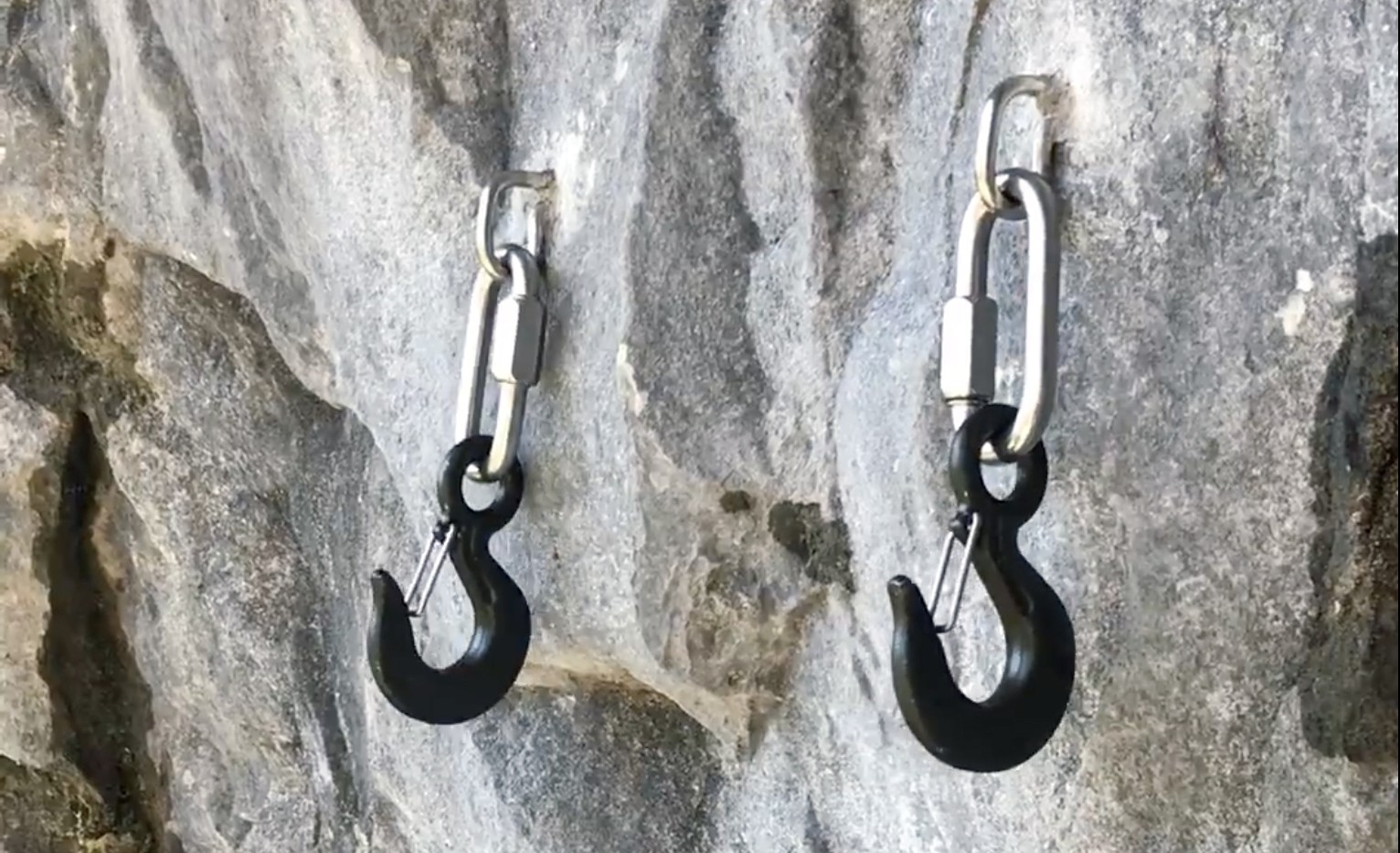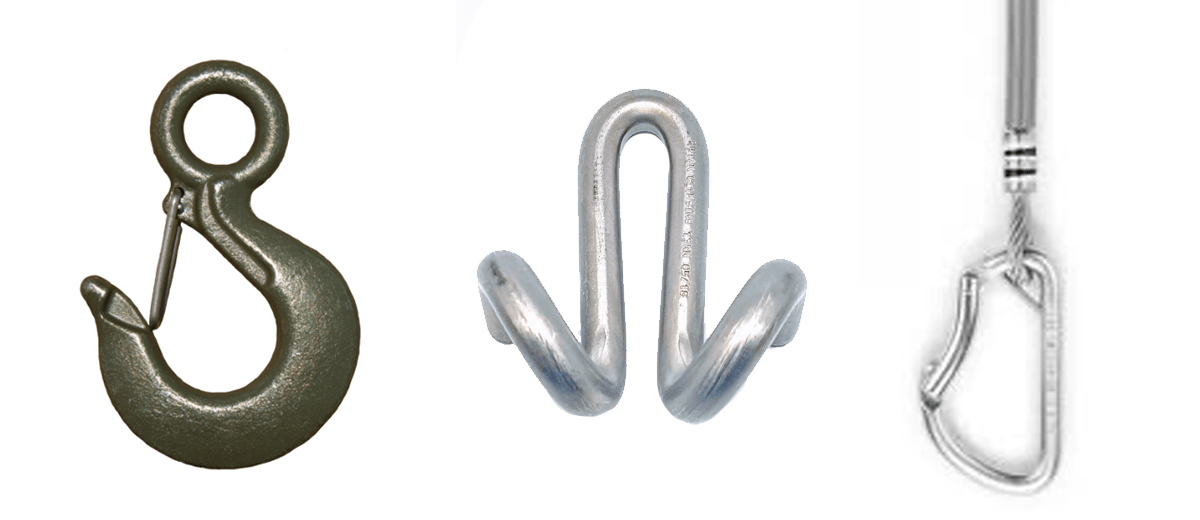
Know the Ropes: The Low Down on Lowering
Cleaning sport anchors is a critical skill for outdoor rock climbing. With the increase in the sport’s popularity, many climbing coalitions and climbing management plans have opted to modernize outdoor sport climbing anchors to a lower-off style, allowing climbers to simply clip in and be lowered to the ground.
There have been years of advancements in rock climbing equipment and techniques that make the sport safer. Surely, no one wants to tie a static rope around their waist like they did in the old days. Lower-off anchors are a logical progression in the pursuit of safer climbing.
While a great example of making the sport safer for more climbers, better equipment doesn’t exempt us from learning traditional anchor cleaning techniques. We’ll dive into that topic in another post, but here, we’re looking at how lower-off hardware improves the user friendliness and safety at the crag.
Two Types of Anchors
The top of outdoor sport routes are equipped with anchors that fall into one of two categories: standard sport anchors and lower-off anchors.
- Standard sport anchors like traditional chains, rings or quicklinks, require the climber to be able to transition into the rings, which sometimes requires them to untie their rope.
- Lower-off anchors eliminate the need to maneuver dangerous transitions, risk being off belay or introduce massive amounts of slack into the system. The lower-off hardware, which we outline next, is permanent and more similar to what climbers are faced with in a gym setting.
While most sport routes are not equipped with lower-off hardware yet, they are becoming the modern standard at many crags around the country. Reference a local guidebook or check Mountain Project so you know what to expect on each route, but also be prepared by knowing how to clean standard sport anchors. Taking a gym-to-crag class is the most direct way to learn the skills needed to climb outdoors.
Lower-Off Hardware
Some of the most common lower-off hardware include mussy hooks, rams horns and steel permadraws. All three are durable, purpose-made equipment, but like any other permanent hardware, should be regularly inspected and maintained.
- Mussy hooks – Mussies look like metal lobster claws. According to the American Safe Climbing Association (ASCA), only the last climber should lower directly on the hardware to preserve its lifespan; however, some highly trafficked climbing areas where hardware is regularly inspected and maintained encourage climbers use them for top rope.
- Rams horn / Pigtail – These permanent anchor additions are quite accurately named as they look like a ram’s horns or pigtails. The rope gets threaded through both “horns” to lower. Use your own gear to set up top rope anchors and always clip draws through the hanger, not the lower-off hardware.
- Permanent Draws – Unlike the aluminum and nylon quickdraws we sport climbers temporarily use to set a route, permadraws are made of hardened steel to reduce grooving and deterioration over their extensive use. With less material than their mussy hook mates, they are only designed to lower off, not top rope through.
Equipping More Routes
The ASCA has launched a lower-off initiative, equipping popular crags with durable lower-off hardware. So far, they have retrofitted more than 5,500 routes. You may even see some of their mussy hooks hanging around a crag near you. Please consider donating to their initiative – https://safeclimbing.org/lower-off-initiative
Vertical Voyages, like the American Safe Climbing Association, is in full support of mussy hooks on single-pitch sport routes. We understand change is often met with resistance and lower-offs are no different. We encourage climbers to be mindful to adopt potentially life-saving advancements in rock climbing equipment and techniques that make our shared crags safer.
Which crags local to the St. Louis area would benefit from mussy hook technology? Perhaps write a letter or contact the land managers and climbing coalitions expressing your support for lower-offs. They need to hear your voice. In the meantime, pay attention and stay safe. Enhance and update your technical skills with some professional instruction.
Get out there and climb!



